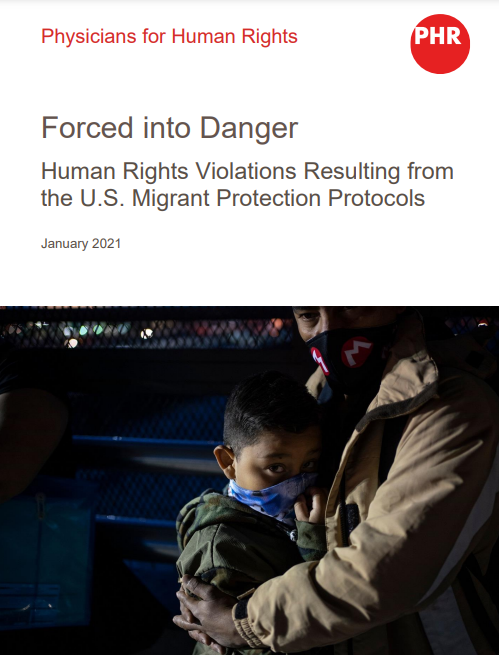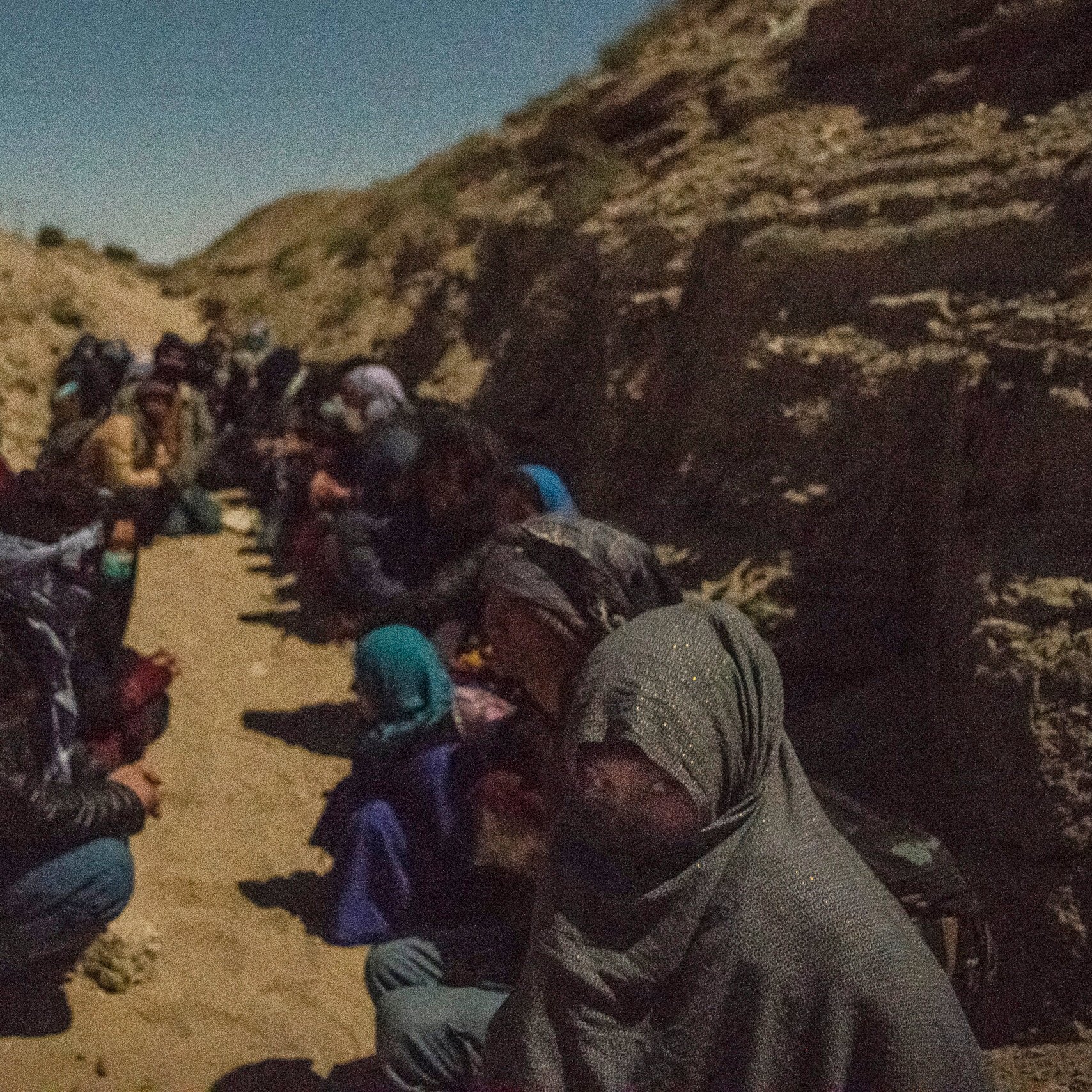By Pew Charitable Trusts
The business of state civil courts has changed over the past three decades. In 1990, a typical civil court docket featured cases with two opposing sides, each with an attorney, most frequently regarding commercial matters and disputes over contracts, injuries, and other harms. The lawyers presented their cases, and the judge, acting as the neutral arbiter, rendered a decision based on those legal and factual arguments. Thirty years later, that docket is dominated not by cases involving adversaries seeking redress for an injury or business dispute, but rather by cases in which a company represented by an attorney sues an individual, usually without the benefit of legal counsel, for money owed. The most common type of such business-to-consumer lawsuits is debt claims, also called consumer debt and debt collection lawsuits. In the typical debt claim case, a business—often a company that buys delinquent debt from the original creditor—sues an individual to collect on a debt. The amount of these claims is almost always less than $10,000 and frequently under $5,000, and typically involves unpaid medical bills, credit card balances, auto loans, student debt, and other types of consumer credit, excluding housing (mortgage or rent). For more than a decade, the American Bar Association and legal advocacy organizations such as the Legal Services Corporation and the National Legal Aid and Defenders Association have sounded alarms about worrisome trends underway in the civil legal system. And court leaders have taken notice. In 2016, a committee of the Conference of Chief Justices, a national organization of state supreme court heads, issued a report recommending that courts enact rules to provide a more fair and just civil legal system, especially with respect to debt collection cases. Chief justices of various supreme courts, with support from private foundations, have established task forces to probe the issue further. However, until relatively recently, these discussions were largely confined to court officials, legal aid advocates, and other stakeholders concerned about the future of the legal profession. In most states, policymakers have not been a part of conversations about how and why civil court systems are shifting; the extent to which the changes might lead to financial harm among American consumers, especially the tens of millions of people in the U.S. who are stuck in long-term cycles of debt; and potential strategies to address these issues. To help state leaders respond to the changing realities in civil courts, The Pew Charitable Trusts sought to determine what local, state, and national data exist on debt collection cases and what insights those data could provide. The researchers supplemented that analysis with a review of debt claims research and interviews with consumer experts, creditors, lenders, attorneys, and court officials. The key findings are: • Fewer people are using the courts for civil cases. Civil caseloads dropped more than 18 percent from 2009 to 2017. Although no research to date has identified the factors that led to this decline, previous Pew research shows lack of civil legal problems is not one of them: In 2018 alone, more than half of all U.S. households experienced one or more legal issues that could have gone to court, including 1 in 8 with a legal problem related to debt. • Debt claims grew to dominate state civil court dockets in recent decades. From 1993 to 2013, the number of debt collection suits more than doubled nationwide, from less than 1.7 million to about 4 million, and consumed a growing share of civil dockets, rising from an estimated 1 in 9 civil cases to 1 in 4. In a handful of states, the available data extend to 2018, and those figures suggest that the growth of debt collections as a share of civil dockets has continued to outpace most other categories of cases. Debt claims were the most common type of civil case in nine of the 12 states for which at least some court data were available— Alaska, Arkansas, Colorado, Missouri, Nevada, New Mexico, Texas, Utah, and Virginia. In Texas, the only state for which comprehensive statewide data are available, debt claims more than doubled from 2014 to 2018, accounting for 30 percent of the state’s civil caseload by the end of that five-year period. • People sued for debts rarely have legal representation, but those who do tend to have better outcomes. Research on debt collection lawsuits from 2010 to 2019 has shown that less than 10 percent of defendants have counsel, compared with nearly all plaintiffs. According to studies in multiple jurisdictions, consumers with legal representation in a debt claim are more likely to win their case outright or reach a mutually agreed settlement with the plaintiff. • Debt lawsuits frequently end in default judgment, indicating that many people do not respond when sued for a debt. Over the past decade in the jurisdictions for which data are available, courts have resolved more than 70 percent of debt collection lawsuits with default judgments for the plaintiff. Unlike most court rulings, these judgments are issued, as the name indicates, by default and without consideration of the facts of the complaint—and instead are issued in cases where the defendant does not show up to court or respond to the suit. The prevalence of these judgments indicates that millions of consumers do not participate in debt claims against them. • Default judgments exact heavy tolls on consumers. Courts routinely order consumers to pay accrued interest as well as court fees, which together can exceed the original amount owed. Other harmful consequences can include garnishment of wages or bank accounts, seizure of personal property, and even incarceration. • States collect and report little data regarding their civil legal systems, including debt cases. Although 49 states and the District of Columbia provide public reports of their cases each year, 38 and the district include no detail about the number of debt cases. And in 2018, only two states provided figures on default judgments in any of their state’s debt cases. Texas is the only state that reports on all types of cases, including outcomes, across all courts. • States are beginning to recognize and enact reforms to address the challenges of debt claims. From 2009 to 2019, 12 states made changes to policy—seven via legislation and five through court rules—to improve courts’ ability to meet the needs of all debt claim litigants. Examples of such reforms include ensuring that all parties are notified about lawsuits; requiring plaintiffs to demonstrate that the named defendant owes the debt sought and that the debt is owned by the plaintiff; and in some states, enhanced enforcement of the prohibitions on lawsuits for which the legal right to sue has expired. Based on the findings of this analysis and these promising efforts in a handful of states, Pew has identified three initial steps states can take to improve the handling of debt collection cases: • Track data about debt claims to better understand the extent to which these lawsuits affect parties and at which stages of civil proceedings courts can more appropriately support litigants. • Review state policies, court rules, and common practices to identify procedures that can ensure that both sides have an opportunity to effectively present their cases. • Modernize the relationship between courts and their users by providing relevant and timely procedural information to all parties and moving more processes online in ways that are accessible to users with or without attorneys. In 2010, the Federal Trade Commission (FTC) issued a report on the lack of adequate service to consumers in state courts that concluded, “The system for resolving disputes about consumer debts is broken.”1 In the decade since, this problem has not abated and if anything has become more acute. Furthermore, the challenges that this report reviews regarding debt collection cases epitomize challenges facing the civil legal system nationwide. This report summarizes important but inadequately studied trends in civil litigation, highlights unanswered questions for future research, and outlines some initial steps that state and court leaders can take to ensure that civil courts can satisfy their mission to serve the public impartially.
Washington, DC: Pew Charitable Trusts, 2020. 44p.





















